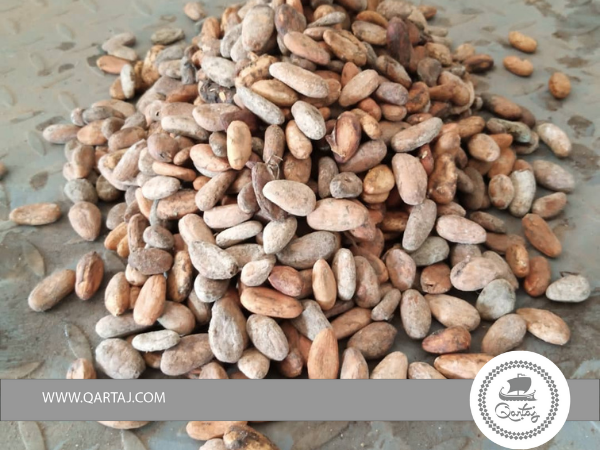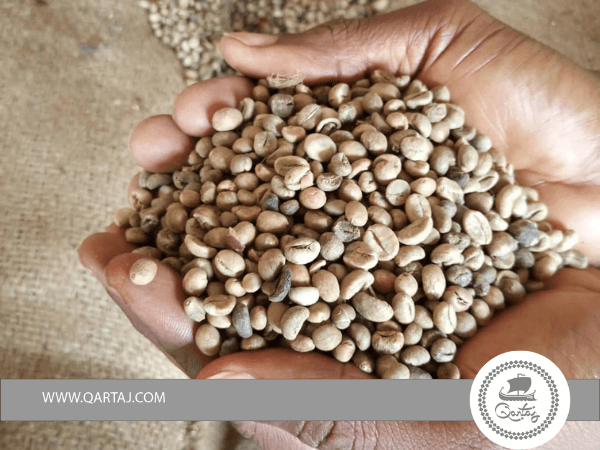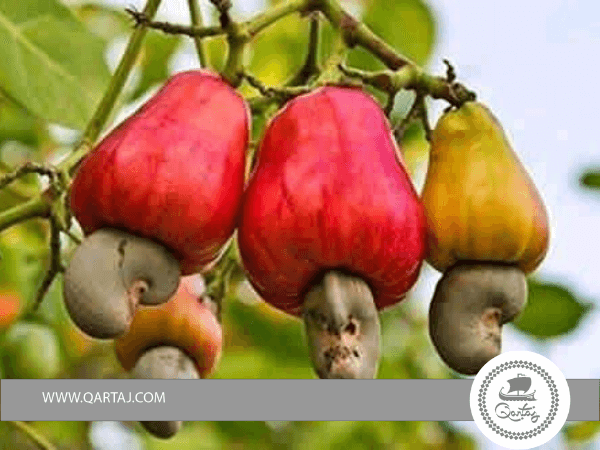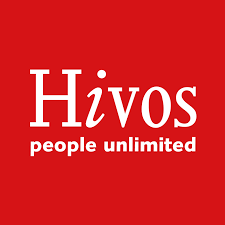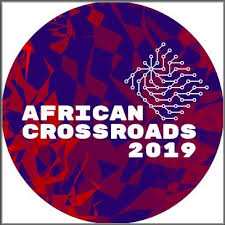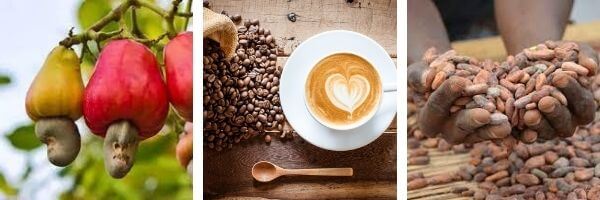
Sierra Leone is located along the West Coast of Africa, boarding on the south-east by Liberia, on the north, north-west and north-east by Guinea, and on the west and south-west by the Atlantic Ocean.
Agriculture is the backbone of the country’s economy owing to the country’s rich natural resources - arable lands, marine and freshwater resources, and wide ranging mineral resources including diamond, gold, bauxite, rutile, iron ore and agricultural resources such as cocoa, coffee, and fish. Nearly two-thirds of the population depends on the agriculture sector comprising food crops, tree crops, livestock, fishery and forestry sub sectors. More so, women’s dominance of the crop and poultry sub-sectors major fish processors and gatherers of fuel wood, fruits, vegetables, nuts and herbs from forests, while men dominate the livestock, hunting, forestry and fishery sub-sectors. Women also play a major role in fish processing and financing, by pre-finance the purchasing of nets, engines and other inputs to support fishing groups.
Marketing plays an eminent role in each of agriculture produce to consumers, selling of output, fetching good price, creating relationships, satisfying customers. Agriculture marketing is inferred to cover services involved in moving an agricultural product from the farm to the target consumer. This helps in planning, organizing, grading, packing, storage, food processing, distribution and advertising. Today, an underemployment rate of 70 per cent, poor infrastructure, corruption, weak national cohesion and developing sound policies also remain big challenges.
Improving agriculture is the priority for reducing poverty. It contributed 59 per cent of GDP in 2015 and employs 62 per cent of the labor force. Farmers need better access to land, credit, inputs and technologies.
The absence of modern processing equipment limits opportunities for adding value and inadequate roads hinder farmers’ access to markets.
Agriculture marketing is inferred to cover services involved in moving an agricultural product from the farm to the target consumer. The agriculture marketing system has undergone several changes over the last 60 years owing to the increased marketed surplus, increase in urbanization and income levels and consequent changes in the pattern of demand for marketing services; increase in linkages with distant and overseas markets. The main objective of agricultural marketing is to reduce the cost of marketing. Use of information and communication technology (ICT) in the agricultural sector can be called e-Agriculture or e-Agribusiness. Digitalization will change every part of the agro-food chain but require major transformations in farming, rural economics, and the marketing of produce. The application of ICT in agriculture has positive effects for farmers in terms of accessing market information and promoting agricultural products. In the digital world, we can revolutionize the agricultural market end to end digitally. ICT helps small farm holders to find multiple buyers for producers who are willing to pay a high price. Small holders deal with only a handful of buyers who either pickup directly from them. Use of mobile applications providing price information to farmers can reduce market distortions. It lets consumers’ pre order agricultural products before harvest. It directly works with cooperatives and farmers to by-pass middlemen. This article gives ideas about current digital services in the marketing of agriculture.
Cacao
Farming in Sierra Leone has been picking up again in recent years. Due to the internal conflict and the Ebola crisis, most cocoa plantations were left unattended for a long time and few investments were made in the plantations. As farmers are now returning to their plantations, most cocoa plantations are old and have low productivity levels coupled with other factors such as poor maintenance. Weeds compete with cocoa trees for nutrients and water from the soil. Weeds also increase the humidity in the farm. Too many weeds on a farm make it more difficult to walk around to do the other tasks such as pruning and harvesting.
Cocoa is grown by over 49,000 families. This constitutes over 90% of the total cocoa producers across the country. Cocoa is grown in many parts of the country. The cocoa export is also the main source of foreign exchange through repatriation trade policy enforcement by the Ministry of Trade and Industry.
While Cocoa is a raw material for the manufacturing of cocoa drink, chocolate, cocoa butter and cocoa oil, preparation of illicit gin, use in the preparation of soap and other uses, little domestic use for cocoa is found in the main producing areas of Sierra Leone, where the emphasis is mainly on export. There are however, some local uses which seem to be fairly general in Sierra Leone.
Coffee
Is one of the two major cash crops (coffee and cocoa) of Sierra Leone. It mainly grows in the tropical rainforest areas of the Eastern and Southern provinces of the country, more dominantly in Bo, Kenema, Kailhahun, Kono, Moyamba and Pujuhem districts. To some extent, coffee also grows in the Northern Province mainly in Tonkolili and Koindugu districts. During the pre - civil war period, the volume of export was reportedly as high as 15,000 metric tons. After the devastating civil war that took place between 1991 and 2002, however, the production has abruptly dropped down to between 1000 and 3000 metric tons. As a consequence of the civil war, the coffee producing families in these major coffee growing areas were almost entirely displaced and the coffee farms were neglected or abandoned.
Sierra Leone has large areas of land that have been judged to be suitable for coffee production approximately 191,000 acres or 76400 ha though it remains to be seen whether there will be investment to increase coffee planting. Most districts in the Eastern and Northern Provinces and some districts in the Northern Province are the major potential areas for the expansion of coffee production. Most of these areas are currently fallow since the rural areas are sparsely populated.
Cashew nuts
Cultivation in Sierra Leone was started in the late 1980s, when a 600 hectares cashew plantation was established in Kambia District by the Magbema Cashew Farmers Association, with additional trees being planted by one hundred or so out growers. As of January 2005, about 3,600 hectares of cashew trees existed, mostly in the northern and western parts of the country, of which about 1,200 hectares were bearing fruit.
In 2017, Balmed has started to source cashew nuts from smallholder farmers in Sierra Leone. This was the first time ever, cashew were exported officially from Sierra Leone. The country offers excellent opportunities in the cashew sector, for cashew production and processing. Balmed is currently establishing a fully traceable cashew value chain for improved quality and increased income for rural farmers. Within the next years, most recently, cashew has been seen as a potentially attractive cash crop even in the traditional cocoa areas in eastern part of the country. Local farmers seemed to be keen to start or expand cashew production.
Cashew plantation represents an important resource for communities. Its drought tolerance and ability to grow better in tropical environments made it very suitable for the local ecology of Northern districts of Sierra Leone. Indeed, cashew plantations are mitigating the climate situation and it is convincing to have cashew based agroforestry in the deforested land.
In 2020, 2,000 farmers, thanks to the support provided by COOPI, harvested 400 MT of cashew nuts.
Today, cashew is a popular crop and all farmers want to start cashew plantations. During the last three years COOPI distributed 900,000 seedlings to plant in 9,000 hectares of land. Cashew plantation is increasing gradually. A higher production means higher export potential. In 2018, Sierra Leone exported 62,5 MT of cashew nuts to Europe for the first time. Up to today, around 40,000 hectares of cashew plantation were established in the whole country.
Sustainable online market for farmers (SOMF) aims to promote local products from Sierra Leone and Tunisia with the objectives of focusing and working with vulnerable communities that are working on these products to promote their production activities. This is done to increase agricultural production and opportunities to link the market of the two countries.

